When the world doesn’t seem to care, turn to Auden’s moving elegy.
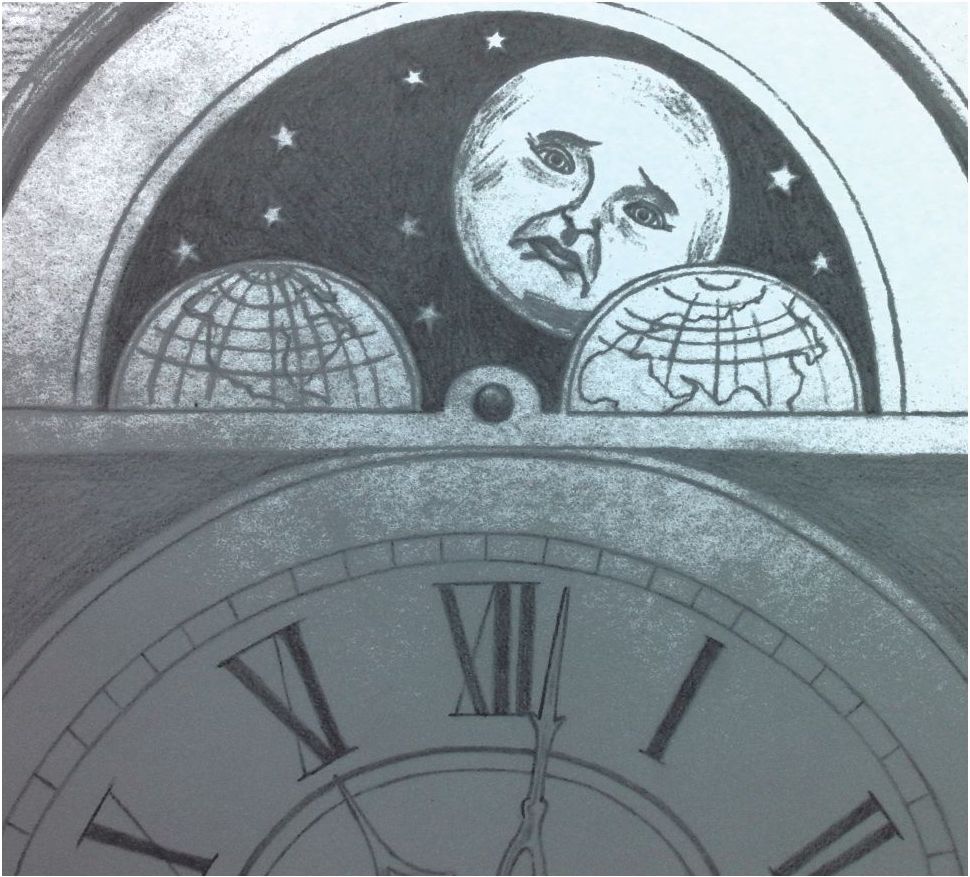
“His work… breathes with elegance, perception and power.”
remarks on being awarded the National Medal for Literature,1967.
Auden’s Funeral Blues barely needs an introduction. Regularly placing highly in Nation’s Favourite Poem polls, and achieving worldwide fame after it was used in the funeral scene of the film Four Weddings and a Funeral in 1994, the line Stop all the clocks has entered the popular lexicon. What many people don’t know, though, is that the poem often recited today is the second iteration of Funeral Blues. The first two stanzas were ‘rescued’ from a script Auden wrote with long-time collaborator Christopher Isherwood about the failed attempt of a mountaineer to conquer the summit of K6 (a fictional mountain) and the public reaction to his death. The poem’s origin as a homage-parody in the tradition of 1930s Blues music survives in the title, which doubles as a connotation of sad feelings (as in the phrase, ‘to feel blue’) While the play has long since vanished into obscurity, from such ignominious beginnings a timeless masterpiece was wrought:
Stop all the clocks, cut off the telephone, Prevent the dog from barking with a juicy bone, Silence the pianos and with muffled drum Bring out the coffin, let the mourners come. Let aeroplanes circle moaning overhead Scribbling on the sky the message He Is Dead, Put crepe bows around the white necks of the public doves, Let the traffic policemen wear black cotton gloves. He was my North, my South, my East and West, My working week, and my Sunday rest, My noon, my midnight, my talk, my song; I thought that love would last forever; I was wrong. The stars are not wanted now: put out every one; Pack up the moon and dismantle the sun; Pour away the ocean and sweep up the wood; For nothing now can come to any good.
The tension between private, public and personal expressions of grief is what energises Funeral Blues. On one hand it feels like a poem written ‘just for me’ in its small and intimate moments; on the other hand, the poem suggests grief is too powerful an emotion to be contained by one person alone. It’s more than a simple elegy (a poem written for somebody after they have died) as the poem explores the grief of the speaker more than it eulogises his loved one, who comes across as an amazing chap, but in a vague kind of way. There’s an honesty in the poem depicting bereavement as impossible to cope with, and Auden reveals how it’s easy to feel frustrated when, as one person’s world completely falls apart, the rest of us carry on our daily business as if nothing has happened. The differences between the first and second verses neatly display this dichotomy, the first taking place in the private space of a home, the second widening in scope to invite an entire community to join in the rites of grief. At the end of the poem, Auden doesn’t pretend to offer false comfort, finishing with the bleak thought that now nothing can come to any good – grief can last a lifetime, and one might never fully recover from bereavement. But… we’re getting ahead of ourselves. Let’s go back to the first stanza and one of the most famous phrases of poetry ever written: Stop all the clocks…
The poem begins, we can infer, soon after a loved one, close friend or partner (Auden was openly gay) has died. The funeral hasn’t happened yet, and the speaker is still in the raw throes of grief. Perhaps he has just had the dreadful news broken to him. It feels like his world has collapsed – yet nothing else around him seems to have changed. The clocks still tick, the telephone still sits promisingly on its receiver, the dog barks and wags his tail to say, ‘good morning’. The speaker can’t stomach this normality, that is so at odds with his wrenching grief. In order to redress the imbalance of feeling that he’s suddenly out of sync with the world (or that the world is out of sync with him) he makes a series of requests: Stop all the clocks, cut off the telephone, prevent the dog from barking… Silence the pianos… Expressed in the imperative tense (made by placing the verbs at the start of each phrase), we can hear the urgency and insistence in his voice. But what on earth, you may ask, do clocks, phones, that poor dog, and pianos have in common? Are they just things that happen to be in his house? Well, yes, probably. But the real reason he focuses his displeasure on these items is that they make ordinary, everyday, and even pleasant sounds that tell him people are carrying on as if nothing has happened. It’s silence he desires, or at least the muffled sound that signifies the rest of the world is paying due respect to his feelings. It may be irrational to be angry that others still enjoy music while he grieves so deeply – but that’s the point Auden is trying to make. Grief makes the irrational rational. The noises of the world going about its merry business are intolerable in this moment. Later in the poem, this makes much more sense when we hear him describe his absent lover through metaphor as my song. As soon as he says this, it all clicks into place – compared to his lover’s song, the ordinary sounds of the world have become meaningless noise, harsh and invasive, represented through hard alliterations: gutturals (made with the letters C, K and G) and plosives (made with B and P) break through the general soft sounds of the poetry in phrases like: stop all the clocks, prevent the dog from barking… and later, scribbling in the sky and black cotton gloves. The discombobulation evoked by the world’s ordinariness is further expressed through the paradoxical nature of his requests; first it seems like he wants to be left alone to grieve in his own way (cut off the telephone, he asks before trying to shut up his dog) – then he calls for others to join him: let the mourners come.

Crucially, the funeral he imagines is a sedate-yet-communal event; the speaker would be joined by friends, relatives and others who would acknowledge his grief and help him through this difficult time by demonstrating the requisite respectful – and symbolic – behaviour. The coffin is the most important of several symbols associated with funerals: a wooden box containing the body of the deceased, carried on the shoulders of close friends or relatives (called ‘pallbearers’). The coffin would be the center of attention, something to focus one’s emotions on. As the coffin is lowered into the ground, it provides a measure of catharsis (purging of emotion) as a small amount of grief is buried too; bringing, if not closure, at least a little relief to somebody struggling with sadness. The cathartic experience the speaker needs involves members of the community; he asks for mourners to join him and imagines drummers preceding the coffin, beating time slowly and respectfully with muffled drum (pieces of cloth would be tied around the heads of drumsticks and placed over the skin of drums to quieten the sound). The prevailing iambic rhythm of the poem implies a formal funeral cortege. While some lines stretch to six beats and others contain five, nevertheless, the steady ‘de-dum, de-dum, de-dum’ rhythm calls to mind the slow steps of the procession as the coffin is carried – respectfully – towards its final resting place.
However, as stanza two begins, we get the impression that an ordinary funeral, even one with a long cortege and plenty of mourners, will not be enough to assuage the speaker’s grief. While stanza one felt intimate (it’s easy enough to imagine the speaker sitting at home by himself), stanza two widens the scope by presenting images that throw all sense of privacy out of the window. The first is for aeroplanes to fly overhead, scribbling on the sky He Is Dead. When Auden wrote his poem in 1936, skywriting was a relatively new phenomenon that was growing in popularity. Skywriting was mainly used for advertising; companies would hire pilots to write their brand names onto the sky using smoke from their engine exhausts. This image suggests the speaker wants the news spread as far and wide as possible (in a pre-television and internet age, this method would have been conspicuous) – did you notice the plural aeroplanes, as if hiring one pilot won’t be enough? He also wants symbols of grief displayed in public; public doves (i.e. pigeons and other birds living in towns and cities) should sport white crepe bows and traffic policemen should wear black cotton gloves, so all who drive past will see that somebody has died. In these lines, stripped of all colour except black and white, the world seems suddenly leeched of vitality, although tactile imagery (cotton and crepe are both textured materials that stimulate our sense of touch) suggests that we should all be able to feel something of his grief.
Whereas moments of silence, drums, processions, and coffins are normal elements of many funerals, skywriting and the dressing up of birds are not. You may feel that, where his requests in verse one were understandable, the demands in verse two are strange, even unreasonable. Because nothing and nobody around him recognises his grief, it feels like he’s forcing his grief upon the world instead. Consider, for example, the impression of everything being stripped of colour – it’s the speaker who demands this adornment. The line Put crepe bows around the white necks of public doves combines the imperative put with the image of ‘collaring’ to create the sense that those poor birds don’t have any choice in the matter. Planes, too, are recruited into grieving through personification when Auden transforms the drone of engines into moaning, an onomatopoeia containing the sound of a cry. The same goes for traffic policemen, although admittedly having public officials wear black symbols to mark the passing of somebody important is not unprecedented. I’m not sure if the deceased in this poem is somebody of note but, the point is, to the speaker he really was the most important person in the world. From his perspective, just as the demand for silence was a demand for a respectful acknowledgement of his feelings, so the demand for public officials to wear symbols of grief makes sense. Nevertheless, Auden purposefully has his poem walk a thin line; while bereavement automatically merits much sympathy, we may also feel that the speaker is going too far with some of his demands. The poem is open to interpretation in this regard, and you should not be afraid to let your personal reaction as you read guide your response – do you feel he’s merely asking you to share his grief, or is he imposing it upon you?
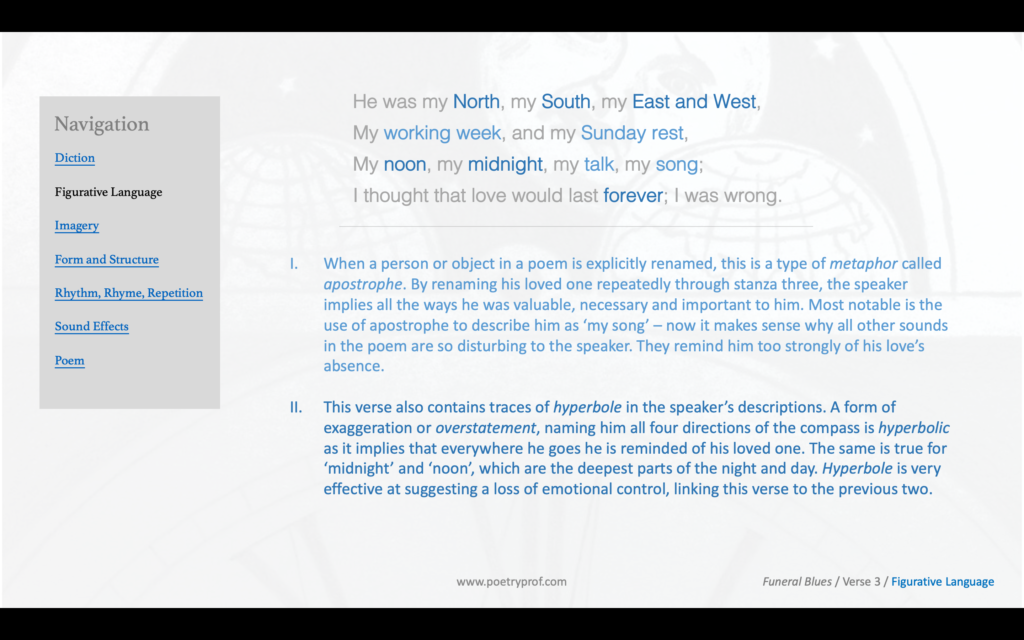
Thankfully the third stanza retreats from the list of requests/demands to express something more personal instead. Perhaps this change results from the way the poem was written in two sittings; you’ll remember, the first two stanzas were written well in advance of the last two. The shift from private to public to personal is evident through the sudden repetition of the word my throughout stanza three. Nine times he says my, often placed at the beginning of a line or phrase using a form of repetition called anaphora, which has an emphatic effect. It’s impossible to refute that, however indifferent the world might seem, this man was the center of the speaker’s world and verse three expresses this in the most direct and straightforward of ways. Through using metaphors that rename his loved one, Auden conveys the impression that his partner meant ‘the world’ to him – almost literally in the case of North, South, East and West – and suggests his life will be emptier now he is gone. I wonder if this verse is the reason so many people connect with Funeral Blues; the picture he paints of his partner suggests he was a wonderful man, but the images are deliberately vague. A reader can form images of almost any good or loving person from their own life, substituting them onto the poem in a way that brings us closer to feeling the speaker’s grief for ourselves.
We haven’t yet discussed the way Auden uses sound to create the poem’s mournful atmosphere (atmosphere, also called mood, is how the poem makes you feel). Throughout the poem he uses assonance, which is the repetition of certain vowel sounds, particularly longer vowels in words like phone, mourners, moaning, pianos, aeroplanes and more. In these particular words he combines assonance with nasal (made with the letters M and N) to amplify the sad feelings of the words through the creation of euphony, so the whole poem sounds like a sad hymn being sung at a funeral. Nasal sounds are created by the trapping of air in the nose; fricatives made by forcing air between the teeth and lip; both sounds are traditionally associated with emotions, often negative or repressed. Sibilance (the repetition of S sounds) and fricatives (made with the letters F, V and TH) are both softer consonants that contribute to the sad, euphonic blend. You can hear the combination of all of these sounds in the lines: Silence the pianos and with muffled drum bring out the coffin, let the mourners come and Let aeroplanes circle moaning overhead. Essential to the evocation of mood is Auden’s use of rhyme. Each verse is written in two pairs of rhyming couplets and the end-words (last words on each line) almost always amplify softer sounds: phone/bone, drum/come, for example.
The third stanza continues to build euphony (close your eyes and jab a finger at lines such as He was my North, my South, my East, my West, My working week, and my Sunday rest… I guarantee you’ll hit a fricative, nasal, long O or other soft sound) although the style of writing changes. Where the lines in verses one and two were long and flowing, suddenly Auden employs short phrases and even lists, patterns of two or three words broken up by frequent commas creating caesura, which is the deliberate break in or between lines of poetry. Caesura creates the effect of the voice stuttering, maybe breaking as the throat tightens with emotion (you can hear this in John Hannah’s wonderful performance of the poem in Four Weddings – listen out for his voice breaking as he recites verse three). The same technique also creates a sense of build-up through verse three, a heightening of emotion, aiming towards the final line – the speaker’s admission that I was wrong about love’s power. It’s as if grief has stripped the illusion of happiness from the speaker’s eyes. In a poem of searing honesty, Auden rebuts notions that love conquers all, love will last forever and all that sentimental stuff. No wonder he was often described as an anti-Romantic poet.
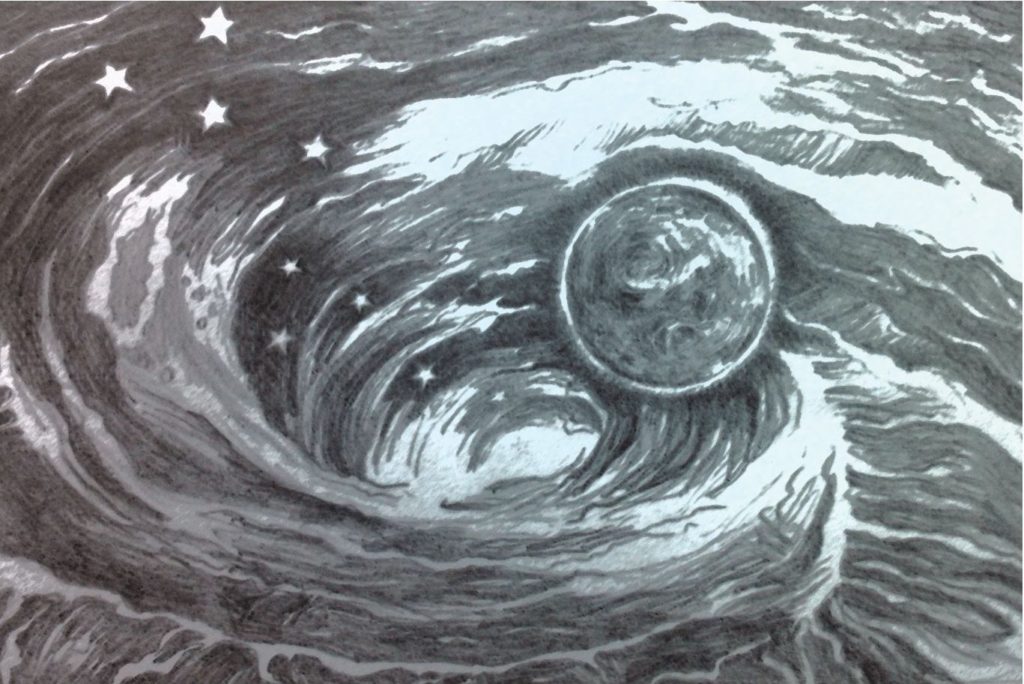
Auden’s deconstruction of universal romantic symbols continues in the final stanza of the poem. Sun, moon, and stars are often used symbolically to enhance or illuminate romantic trysts or relationships in works of literature. Romeo – arguably literature’s most famous lover – once declared, ‘Juliet is the sun’, the two of them are described as ‘star-crossed lovers’, and their first private meeting was conducted under the concealing canopy a small wood in Juliet’s garden. Funeral Blues presents grief as the antithesis of romance, stripping away illusions about love’s everlasting power, and dismantling any suggestions that these natural, soothing elements can provide any comfort. Did you notice the strange way the speaker wants to pack up the moon and dismantle the sun, as if they are fake? These actions are more like the clearing away of props scattered in the background of a staged play. In romantic dramas, happy endings are pre-written, and love seems fated. The untimely death of the speaker’s loved one is like the sudden cancellation of the play before his story has been told; the action of ‘sweeping’ brings to mind images of a lonely stagehand sadly brushing clean the stage after the last performance is done. Feeling so alone now, the speaker prefers to dwell in the darkness of grief; he wants to put out the stars like the bringing down of lights in a theatre that’s closed for good.
The poem ends with the implication that grief is impossible for one person to contain, no matter how he might try. Arguably the most important device in the whole poem is conspicuous hyperbole, which is the technique used by writers when they deliberately exaggerate or use overstatement for effect. Here’s where it is important to remember the distinction between the writer of a poem and the speaker of the poem. Just as novelists create characters for a story, so poets craft personas (also called speakers) who stand in their place to transmit ideas, thoughts and feelings. Hyperbole is deliberate on Auden’s part – but not on the part of his speaker, who really can’t help the way his grief is surging through him. Hyperbole is easily formed by words such as ‘all’, ‘nothing’, ‘never’, ‘ever’, and so on. Think about how you might speak when you’re at your most angry or upset and struggling to control the things you say: ‘I’ll never speak to you again’, ‘that was the worst day ever’, ‘I hate all of you’ – I’m sure you get the idea. In lines and phrases such as ‘Stop all the clocks’, ‘I thought that love would last forever’, ‘put out every one’ and ‘nothing now can come to any good’, Auden employs copious hyperbole to suggest how grief overwhelms the ability to control one’s emotions.
Hyperbole can be created in more subtle ways as well. The word silence suggests he can’t bear even the tiniest noise and the idea of ‘stopping clocks’ represents a desire to stop time itself. Black and white create a kind of visual hyperbole through extremes of colour (or complete lack of colour). The idea of writing in the sky is hyperbolic, made more so by capitalisation of the words He Is Dead to maximise their impact. Even the softer, more personal third stanza contains hyperbole – North, South, East and West cover every point of the compass, as if there is no direction the speaker can go where he is not reminded of his loved one’s absence. Noon and midnight are the deepest points of day and night respectively. So too with the images in the final stanza – pour out the ocean, sweep up the wood, pack up the moon and dismantle the sun are all impossible actions, ergo hyperbolic images.
All in all, it’s ironic that a poem by an anti-Romantic writer, originally drafted as part of a satirical play, and still containing overblown, hyperbolic elements should have been taken to the hearts of so many people who connect with its sentiments on a pure, emotional level. It seems to effortlessly capture the way grief disconnects you from other people at just the time when you really need them to come to your aid. At the end of the day, maybe there is a positive takeaway from Funeral Blues; while no one can ‘solve the problem’ of grief, or take it away, or make it stop hurting – simply knowing that someone out there understands how you feel, and pauses for a moment to acknowledge your grief, might be all that one needs to pull through and, eventually, find a way to heal.
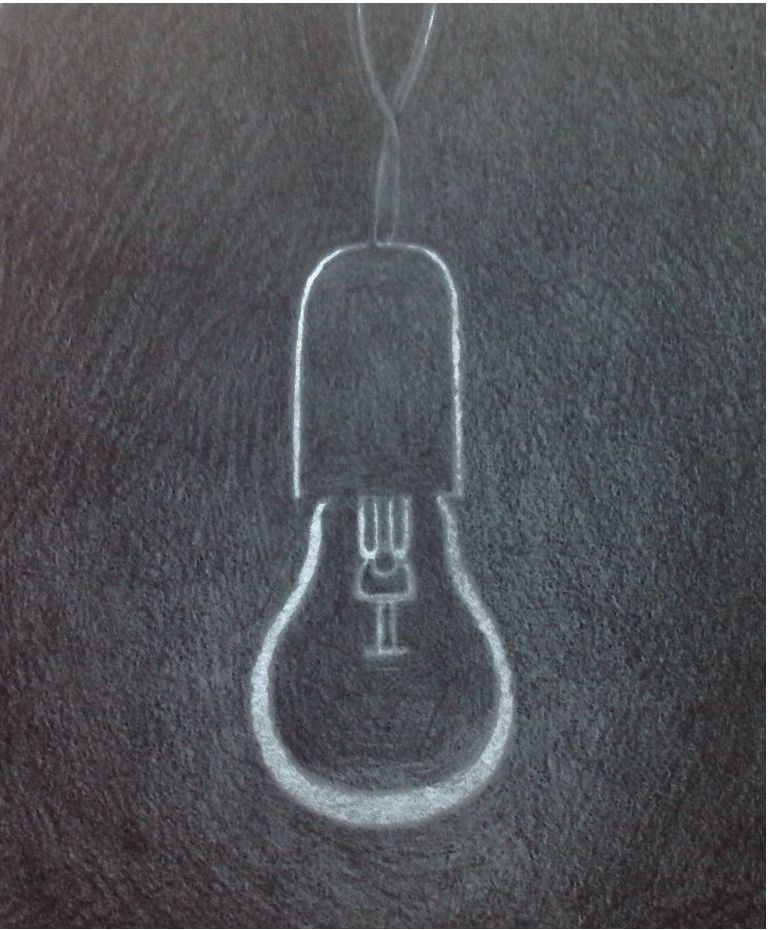
Suggested poems for comparison:
- Refugee Blues by W.H. Auden
Another famous ‘Blues’ poem by Auden. Written in 1940, and inspired by the plight of Jewish refugees escaping the holocaust and unable to find refuge, the poem touches on similar themes of isolation and loneliness as Funeral Blues.
- In Lieu of Flowers by Shawna Lemay
Given death is one of life’s only certainties, Lemay believes we shouldn’t be borne down by grief. Instead, her poem is inspirational in asking us to consider how not to waste the time we have with our loved ones.
- The Indian Burying Ground by Philip Freneau
In this poem from the eighteenth century, Freneau imagines European burial rites and compares them to Native American rites discovering very different ideas about the afterlife in the process. A wonderful way to suggest that death should not only bring grief.
Additional Resources
If you are teaching or studying Funeral Blues at school or college, or if you simply enjoyed this analysis of the poem and would like to discover more, you might like to purchase our bespoke study bundle for this poem. It costs only £2 and includes:
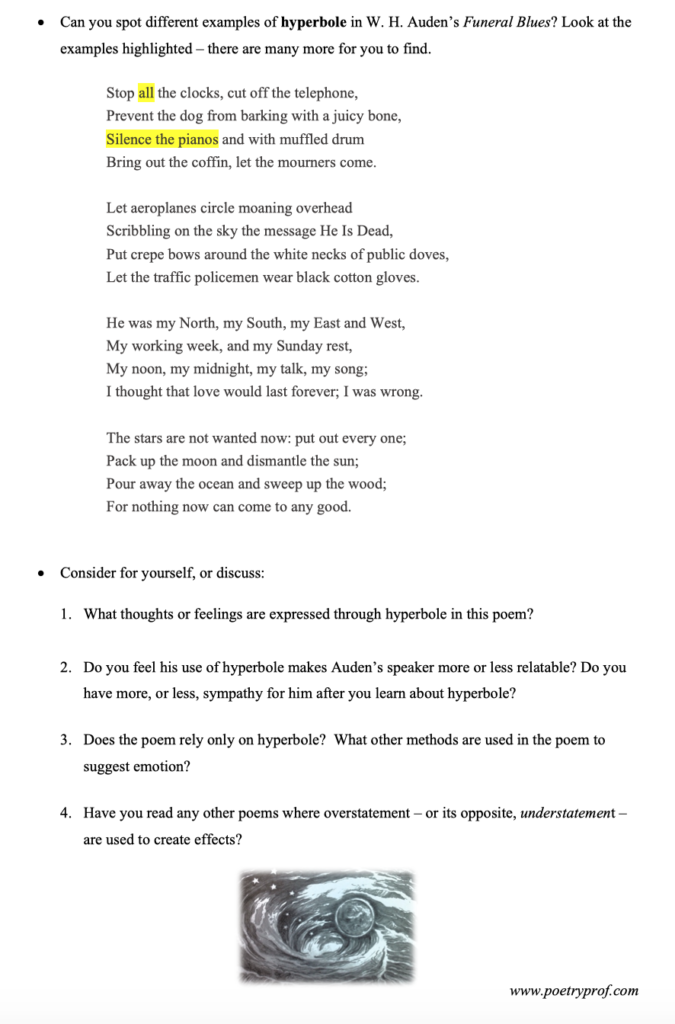
- Study Questions with guidance on how to answer in full paragraphs.
- A sample ‘Point-Evidence-Explanation-Analysis’ paragraph to model analytical essay writing.
- An interactive and editable powerpoint, giving line-by-line analysis of all the poetic and technical features of the poem.
- An in-depth worksheet with a focus on explaining hyperbole in the poem.
- A fun crossword quiz, perfect for a starter activity, revision or a recap – now with answers provided separately.
- A four-page activity booklet that can be printed and folded into a handout – ideal for self study or revision.
- 4 practice Essay Questions – and one complete Model Essay for you to use as a style guide.
And… discuss!
Did you enjoy this breakdown of W.H. Auden’s poem? In what ways do you sympathise with the poem’s speaker? Why do you think this poem is so universally admired, and touches so many people? Why not share your ideas, ask a question, or leave a comment for others to read below.